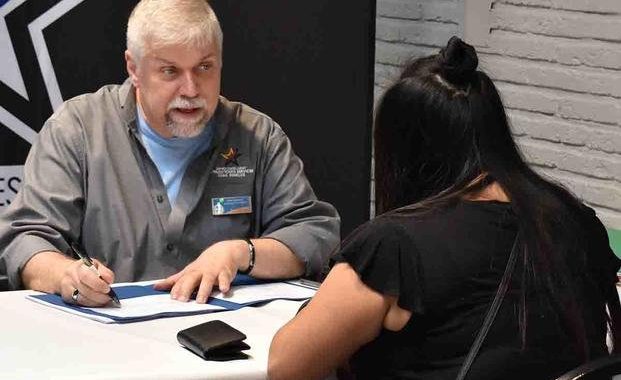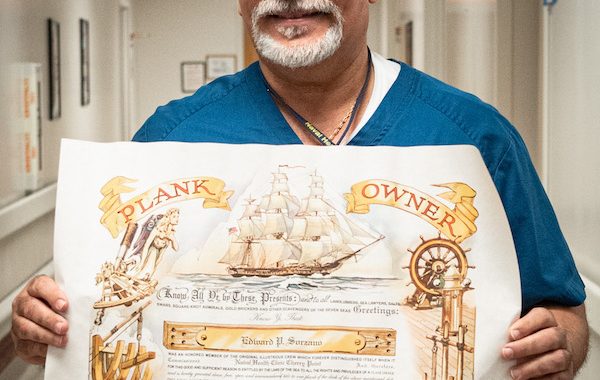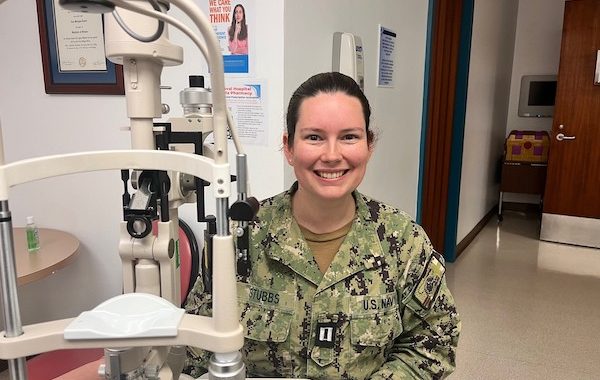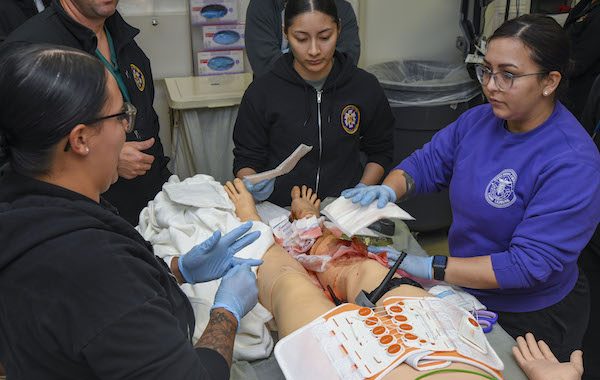Building A More Technically Savvy Army Acquisition Corps
5 min read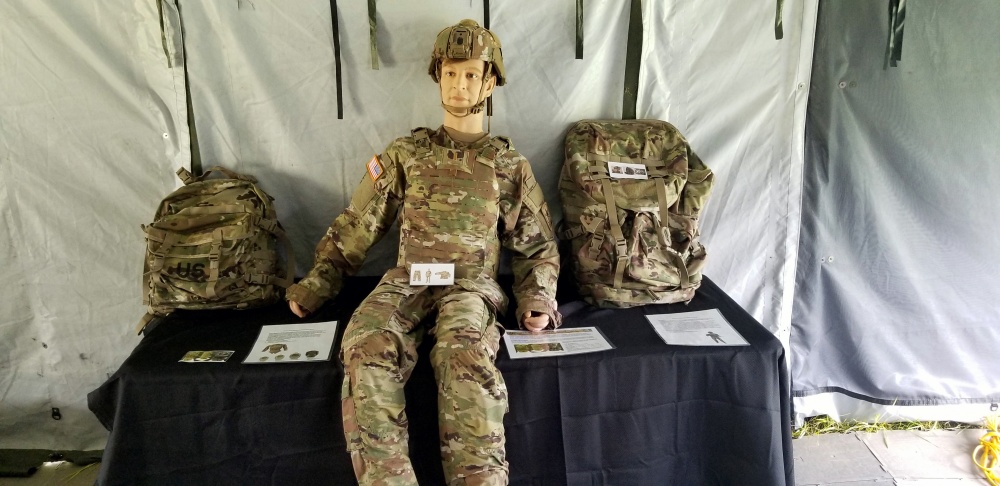
KY, UNITED STATES
Courtesy Story
U.S. Army Acquisition Support Center
FROM THE DIRECTOR OF ACQUISITION CAREER MANAGEMENT
CRAIG A. SPISAK
You can only get out of a system what you put into it.
We currently have a high-quality process that we have used to get stellar, remarkably talented military acquisition officers. But our existing system, however successful, doesn’t necessarily get us a handful of some very specific types of officers we’re looking for. Today, the vast majority of officers who have science, technology, engineering and mathematics (STEM) education and experience are leaving the Army before we have a chance to bring them into acquisition. Historically, more than 20 percent of commissioned officers possess a STEM degree at the start of a cohort year group. By the time that year group is available to us through the Voluntary Transfer Incentive Program, less than 5 percent remain whom we can access into Functional Area 51 (FA51).
In looking at that and other datasets, we realize that our best opportunity to shape what the future FA51 officer population will look like is to modify the intake process, which starts very early in the officers’ careers. We have developed a robust recruitment effort to identify and target the types of officers we think will be the best force multipliers for us several years into the future, at a point and time much earlier in their careers than we have traditionally approached them.
OUTREACH TO THE FORCE
In early August at the annual Cadet Summer Training Advanced Camp at Fort Knox, Kentucky, we set up, for the first time, an Army Acquisition Corps tent at branch orientation, which provides an opportunity for the basic branches and participating functional area representatives to talk directly with cadets. The tent was staffed by Soldiers from the Army Director, Acquisition Career Management (DACM) Office, the Acquisition Management Branch of U.S. Army Human Resources Command, the Program Executive Office (PEO) for Soldier, PEO Aviation, PEO Missiles and Space, PEO Combat Support and Combat Service Support and PEO Ground Combat Systems. Many of the cadets had never heard of Army acquisition, nor of the benefits of joining the Acquisition Corps—advanced college education paid for by the Army, a chance to do work critical to the warfighter, an opportunity to be involved in groundbreaking research, and so much more.
The initial feedback was very positive. Although those cadets are years away from the point in their careers when they could move into acquisition, we’ve at least planted the seed. This is part of our strategy: We are engaging officers at a different point in their careers than we have in the past. One of the things we’ve learned is that a lot of younger officers didn’t know about acquisition, didn’t know what potential opportunities existed for them.
In addition to Advanced Camp at Fort Knox, we’re planning to develop a partnership with the United States Military Academy at West Point, with large ROTC programs and Officer Candidate School, following through at the Basic Officer Leaders Course and the Captain’s Career Course, right on through the window, six or seven years into their careers, when officers can move into acquisition through the Voluntary Transfer Incentive Program process.
We don’t know yet to what degree this effort will entice some to stay in the Army who typically were not staying, or even whether we’ll be able to identify the few attractive candidates that we haven’t been able to identify in the past. We’re going to attack this problem from several avenues. But we feel that if we open our aperture, in terms of both the target population and the time frame when we typically would talk to officers, we’ll have an opportunity to better shape the future of FA51 officers.
COMPLEX SKILLS NEEDED
We all know that the environment we’re in today—creating a U.S. Army capable of fighting and winning across multiple domains: land, air, sea, space and cyber—will require an evolving set of skills, behaviors and competencies. The people business is one that takes a long time to influence. In addition to what we know today, we expect that we will learn about additional skill sets and competencies that we need inside of our formations over the next several years. We have to focus on that process so that we can attract those officers who have the highest degree of aptitude for success in some areas that traditionally were not what we had been looking to get in the past.
We want to create the best possible conditions for success. And it doesn’t stop at just recruitment. It will take some focused, continual contact with those officers. Then, for the ones that we do access, it will take a robust and deliberate training and development program so that we can properly foster the professional growth of those officers in order to meet the future demands of the acquisition community.
While we have a model right now whereby we try to target various populations, we also want to make sure that every officer has an opportunity to have successful company command before joining acquisition. We truly value the basic branch experience and leader development that every Army officer gets before becoming an FA51 acquisition professional.
Unless we have entree points into other communities, many of the population that might be desirable for us to target wouldn’t have any idea of who we were as a functional area. Getting that kind of interaction started early in careers, and maintaining it until the point when we need to do a full-court press to get them into the acquisition community, requires a major effort on our part.
CONCLUSION
By reaching out early and often to officers with STEM degrees, we hope to bring vitally needed skill sets and capabilities into the Army Acquisition Corps. And by reaching out early and often to all Army officers to inform them of the possibilities of a career in acquisition, we can make certain that the Army Acquisition Workforce will support the future force.
This article is published in the Fall 2019 issue of Army AL&T magazine


